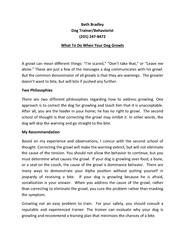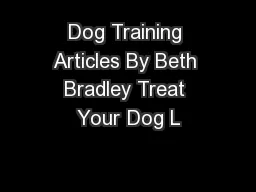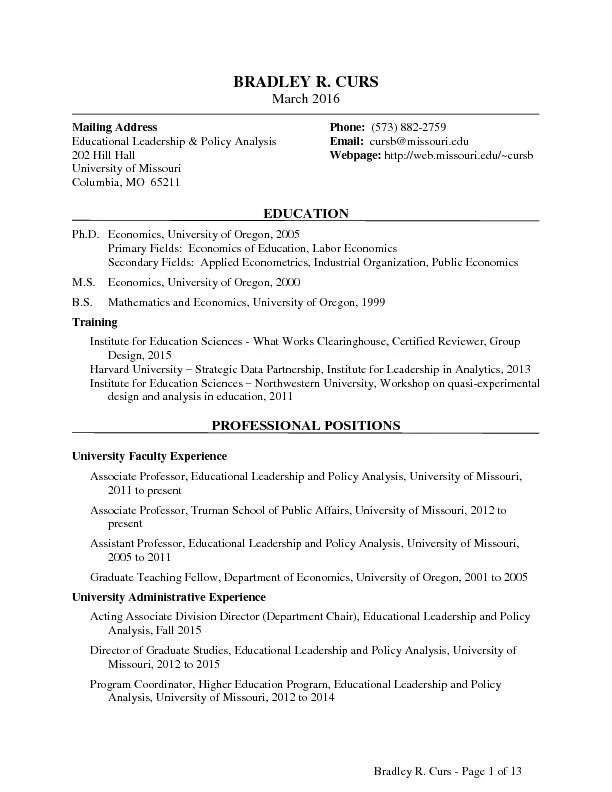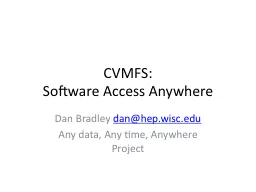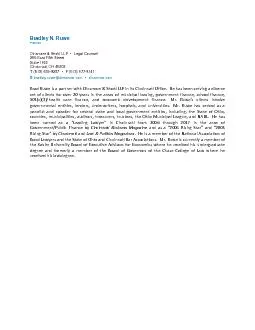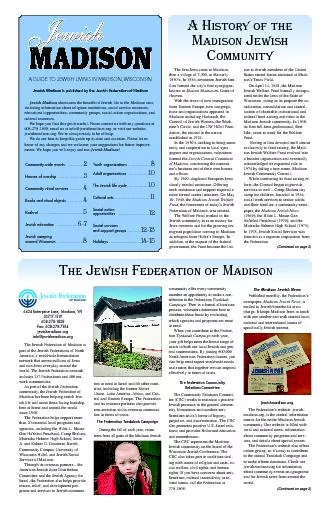PDF-Beth Bradley
Author : ellena-manuel | Published Date : 2015-08-01
Dog TrainerBehaviorist 201 247 8472 What To Do When Your D og Growls A growl can mean different things x201C Ix2019m scared x201D x201CDonx2019t take that x201D
Presentation Embed Code
Download Presentation
Download Presentation The PPT/PDF document "Beth Bradley" is the property of its rightful owner. Permission is granted to download and print the materials on this website for personal, non-commercial use only, and to display it on your personal computer provided you do not modify the materials and that you retain all copyright notices contained in the materials. By downloading content from our website, you accept the terms of this agreement.
Beth Bradley: Transcript
Download Rules Of Document
"Beth Bradley"The content belongs to its owner. You may download and print it for personal use, without modification, and keep all copyright notices. By downloading, you agree to these terms.
Related Documents

